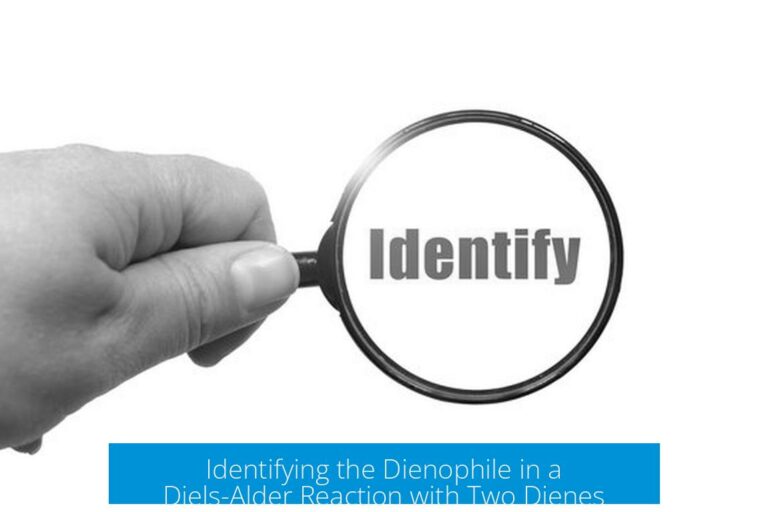Understanding Subcloning and Cloning

Subcloning and cloning involve transferring DNA fragments into vectors for replication and expression, and the process is straightforward when following established protocols carefully. These techniques are fundamental in molecular biology for gene analysis, protein expression, and genetic engineering.
General Cloning Approach
Cloning typically means inserting a DNA fragment into a plasmid vector. After ligation, the vector is introduced into competent Escherichia coli cells via transformation. Colonies harboring the recombinant plasmid are then selected and analyzed.
Standard protocols detail each step, making cloning accessible even for beginners. Precision at each stage ensures success.
Special Considerations for Plasmids with Repetitive Regions
Plasmids containing highly repetitive DNA sequences require special E. coli strains. These strains have enhanced replication fidelity to minimize sequence errors during bacterial propagation.
- Why it matters: Repetitive regions can cause slippage or recombination events leading to mutations.
- Solution: Use chemically competent strains designed to replicate challenging sequences accurately, such as those offered by New England Biolabs.
Lentivirus Transfection Strategy
For lentiviral expression systems, direct transfection into human embryonic kidney (HEK) cells is standard for testing expression.
- Use reagents like Lipofectamine 3000 for efficient DNA delivery.
- Start with a small culture dish (35 mm) to assess protein expression.
- Scale up to larger plates (10 cm) if no expression is detected initially.
Troubleshooting and Practical Advice
Though cloning protocols are well-defined, unexpected failures happen. Common issues include incomplete digestion, inefficient ligation, or low transformation efficiency.
Consultation with experienced colleagues or detailed troubleshooting guides can help resolve such problems quickly.
Reference Materials
Product manuals for kits and reagents provide critical procedural details. For deeper understanding, the classic text Molecular Cloning by Maniatis, Sambrook, and Fritsch remains an authoritative resource.
Key Takeaways
- Follow established cloning protocols rigorously for best results.
- Use specialized E. coli strains for plasmids with repetitive DNA.
- Test lentiviral expression first in small HEK cell cultures before scaling up.
- Expect troubleshooting; cloning often requires iterative optimization.
- Consult product inserts and foundational literature for comprehensive guidance.
What should I consider when cloning plasmids with repetitive regions?
Use a strain of E. coli that replicates repetitive plasmids accurately. Standard strains might introduce errors. NEB offers various chemically competent E. coli suitable for this purpose.
How do I start lentivirus transfection for gene expression?
Transfect directly into HEK cells using Lipofectamine 3000. Begin with a small 35 mm plate. If no expression is detected, scale up to a 10 cm plate for further testing.
What resources can help me understand cloning protocols better?
Product inserts from kits often provide detailed guidance. For comprehensive info, refer to “Molecular Cloning” by Maniatis, Sambrook, and Fritsch.
What should I do if my cloning experiments don’t work as planned?
Cloning can be tricky and might fail even with good designs. Reach out for troubleshooting help. Discussing problems can clarify issues and suggest solutions.





Leave a Comment